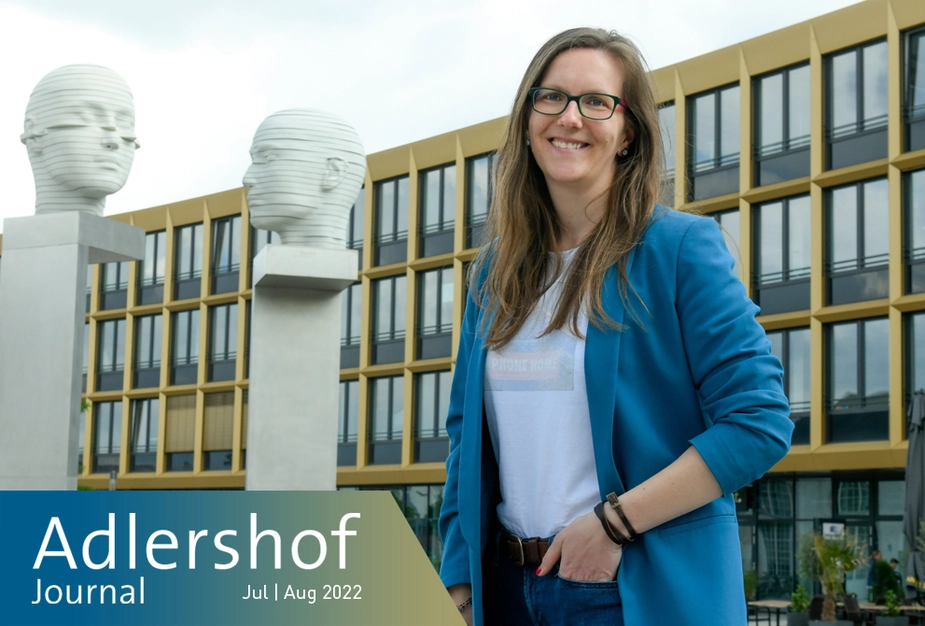How much traction does Berlin Research 50 have?
In conversation with Anja Sommerfeld, who manages the association of non-university research institutions in Berlin
In early 2020, an interdisciplinary initiative of non-university researchers “for a fair, healthy, and sustainable future” created Berlin Research 50 (BR50). How much traction does BR50 have? To find out, we spoke to Anja Sommerfeld, a climate physicist and a coordinator for the project office, who holds the threads of the network together.
Adlershof Journal: Why do we need BR50?
Anja Sommerfeld: Berlin has the potential to grow into one of the world’s leading science hubs thanks to its incredibly diverse research landscape. In addition to four large universities, it has numerous applied sciences universities and over 70 non-university research institutes. It is necessary to pool these competencies. This is where BR50 comes into play, pooling almost 50 of these non-university research institutes. BR50 acts as a voice for its members and can champion their interests towards Berlin’s research policy makers and across the entire research area. Thanks to BR50, policy makers listen to what we have to say. BR50 is now being involved by the Berlin Senate not only in its COVID task force but also in reforming Berlin’s higher education laws as well as issues of animal testing.
You have been working as a coordinator in the project office now for one year. What do you look back on?
BR50 had already been set up when I started the job. The founding coordinators had done incredibly valuable work in the previous year. They attracted new members and made sure BR50 became a household name among policy makers but also just across Berlin. A colleague from the WZB Berlin Social Science Centre had already started establishing the office because he started a few months before me. Much has happened since then. We have connected our member institutes on a research level, both within and across disciplines. We created interest groups that focus on specific topics, including artificial intelligence, internationalisation, career planning, but also, most recently, supporting Ukrainian researchers in exile. We see society, the public, as a crucial factor for a functioning science landscape and are committed to increasing BR50’s visibility through active communication. For that, we use Twitter, events, and a podcast.
Which current topics do you see as particularly urgent?
Founding a registered association is currently top of the list. We hope that we will have a legitimate legal form and a long-term perspective for our association come autumn.
BR50 has developed ten challenges for Berlin as a science and research location and compiled them into a policy paper in September 2021. One pressing issue here is the upcoming sales tax liability for research collaborations. For example, in the case of joint appointments, universities would have to charge sales tax to the non-university research institutes. We also want to involve ourselves in the preparation of the next round of the Excellence Initiative.
As a meteorology major, you have worked as a researcher at Alfred Wegener Institute, Helmholtz Centre for Polar and Marine Research (AWI), among others. What is your relationship with water?
The institute also conducts ocean research. As a meteorologist, my research focused more on atmospheric processes. This includes water, for example, in the form of clouds. I have been strongly influenced by my research trips to the Arctic Oceans and the sea ice – I really felt in my element there. In my personal life, too, I have had a strong connection to the water from an early age as I come from a rowing family. And I love ice cream!
What are your plans for the summer?
Unsurprisingly, I will go to Sweden for two weeks and take part in a rowing tour.
Peggy Mory for Adlershof Journal
